A P-trap is a crucial plumbing fixture to prevent sewer gases from entering your home while allowing wastewater to flow through without obstruction. When a P-trap becomes dry, water has evaporated, creating the potential for unpleasant odors and possible plumbing issues. Common causes of dry P-traps include infrequent use of sinks or other fixtures, evaporation due to hot weather, or leaks within the plumbing system.
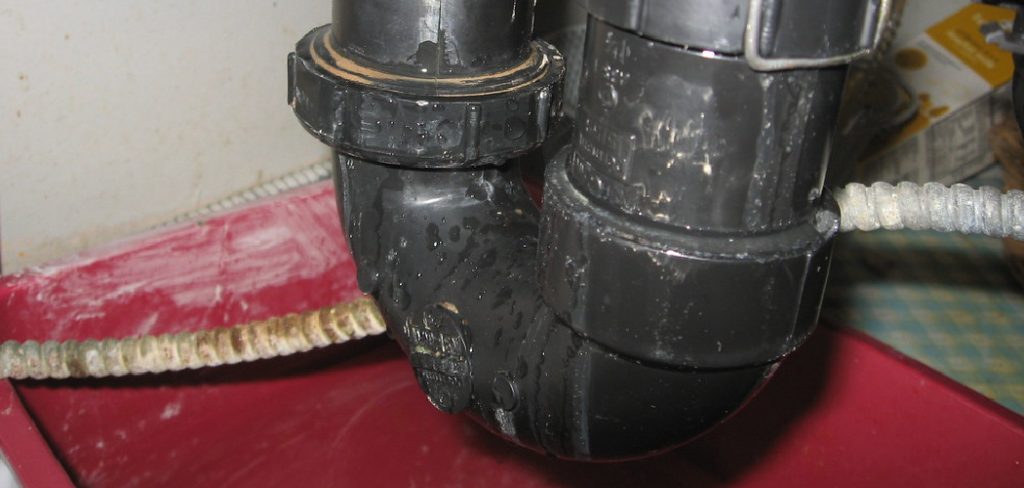
Addressing these issues is essential to maintain a safe and comfortable living environment. The goal of this article is to provide you with a comprehensive guide on how to fix a dry p trap, as well as offer preventative strategies to avert future issues. By following these instructions, you will be able to ensure the proper function of your plumbing system, ultimately preserving a healthy and odor-free home environment.
Understanding the P-Trap
1. What is a P-Trap?
A P-trap is a curved section of pipe located beneath sinks, bathtubs, and showers. Its design creates a water seal that effectively blocks sewer gases while allowing wastewater to drain efficiently. This simple yet effective design is key to keeping harmful gases and unpleasant odors contained within the plumbing system.
2. How it Works
The P-trap retains a small amount of water, which forms a barrier preventing foul odors from escaping through the drain. This water seal is replenished each time water flows through the drain, thus maintaining its effectiveness. The trap’s shape and water retention capability are crucial components in this process.
3. Signs of a Dry P-Trap
If your P-trap is dry, you may notice unpleasant odors emanating from the drain. Gurgling sounds may also occur when draining water, indicating that the trap is not functioning properly. Additionally, a visual inspection may reveal dried-out or low water levels within the trap itself.
4. Consequences of a Dry P-Trap
Allowing a P-trap to remain dry can result in exposure to harmful sewer gases, which may lead to health issues over time. Additionally, plumbing problems can arise if the trap is not sealing correctly, potentially resulting in costly repairs. It is crucial to address dry P-trap issues promptly to maintain a safe and healthy home environment.
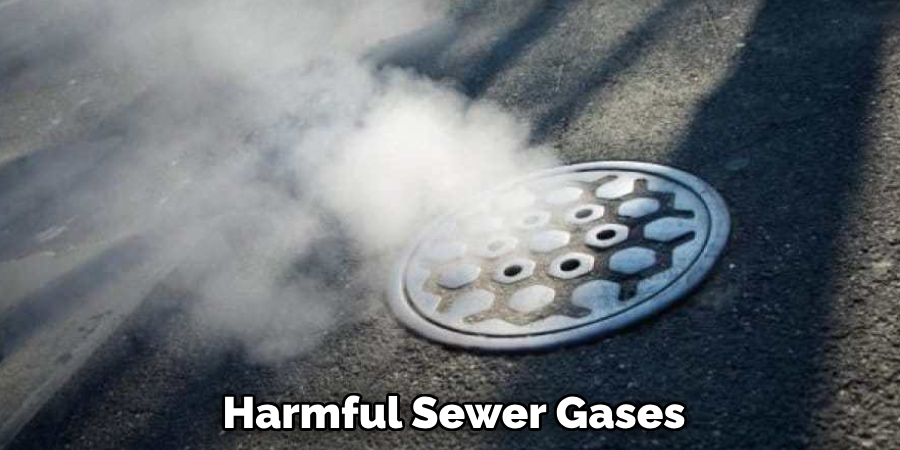
Tools and Materials Needed
To effectively address a dry P-trap issue, gather the necessary tools and materials before starting the repair process. Having these items on hand will facilitate a smoother and more efficient experience.
Tools:
1. Adjustable Wrench or Pliers
Essential for loosening or tightening connections securely.
2. Bucket
Useful for catching any water that may spill during the process.
3. Towel or Rags
Handy for cleaning up any spills and maintaining a tidy work area.
Materials:
1. Water
Required for refilling the P-trap to restore the water seal.
2. Pipe Sealant or Teflon Tape
Necessary for securing connections to prevent leaks if issues arise.
3. Replacement Parts
These may include a new P-trap or fittings, particularly if any damage is discovered during inspection.
Preparing these tools and materials in advance will ensure you are ready to adequately address and fix a dry P-trap.
How to Fix a Dry P Trap: Inspecting the P-Trap
Proper inspection of the P-trap is crucial to identify and address dryness, leaks, or damage, ensuring your plumbing system functions efficiently. Follow these steps to thoroughly inspect your P-trap.
Step 1: Turn Off Water Supply
Although not always necessary, it can be beneficial to turn off the water supply to prevent any spills during the inspection process. This precaution helps you manage any unexpected flow of water when detaching the P-trap.
Step 2: Place a Bucket Under the Sink
Position a bucket directly under the sink to catch any residual water or debris that may spill when you remove the P-trap. This helps maintain a clean workspace and prevents water from gathering on the floor.
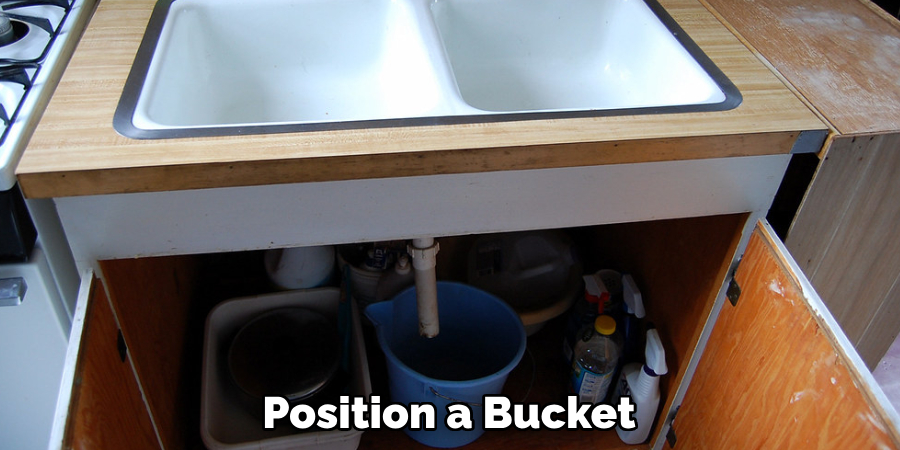
Step 3: Remove the P-Trap
Utilize an adjustable wrench to carefully loosen the nuts securing the P-trap to both the sink drain and the waste line. With caution, detach the P-trap, allowing any water remaining in it to drain into the bucket beneath.
Step 4: Check for Dryness
Inspect the interior of the P-trap for dryness or a low water level. If you notice it appears dry, this observation confirms the central problem causing odors or other issues.
Step 5: Look for Leaks
Examine the P-trap and surrounding pipes carefully for any damage, corrosion, or signs of leaks. Should you identify any compromised parts, it may be necessary to replace them to ensure a well-maintained and functional plumbing system.
How to Fix a Dry P Trap: Refilling a Dry P-Trap
Successfully refilling a dry P-trap is crucial for maintaining an effective seal that prevents unpleasant odors from entering your home. Follow these detailed steps to ensure the P-trap is properly refilled and functional.
Step 1: Clean the P-Trap
Before reinstalling, use a rag to wipe out any debris or buildup inside the P-trap. This ensures a good seal when reconnected, promoting optimal performance by minimizing potential points of leakage.
Step 2: Reinstall the P-Trap
Carefully position the P-trap back in place, aligning it with the sink drain and the waste line. Hand-tighten the nuts initially to secure the connection. Use an adjustable wrench to further tighten the nuts, but be careful not to overtighten, as this could cause damage to the fittings.
Step 3: Refill the Trap
Pour a few cups of water directly down the sink drain to refill the P-trap. This step is crucial in creating a water seal that effectively blocks sewer gases and prevents odors from escaping into your living space.
Step 4: Check for Leaks
Once the water is replenished in the trap, turn the water supply back on and run water through the sink to test the system. Inspect all the connections carefully for any signs of leaks. If you detect any leaks, retightening the connections or replacing fittings may be necessary to ensure a secure and leak-free plumbing system.
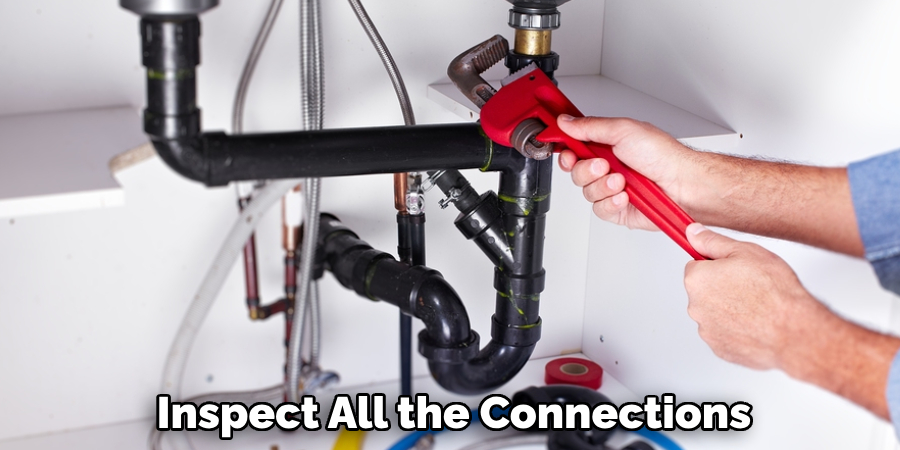
Preventing a Dry P-Trap
Proper maintenance and regular attention are key to preventing a dry P-trap, which helps avoid unpleasant odors and potential health hazards. Ensuring that the P-trap retains its water seal involves a few straightforward practices.
1. Regular Use
Regular use of sinks, bathtubs, and other fixtures is essential for keeping the P-trap filled with water. This consistent use prevents evaporation by periodically refreshing the water in the trap. For infrequently used fixtures, it is advisable to run water through them periodically to maintain the integrity of the water seal.
2. Add Water to Unused Drains
In instances where fixtures are rarely used, such as in guest rooms or seasonal areas, pouring water down the drain every few weeks is prudent. This proactive step helps replenish the water in the P-trap and ensure its continued effectiveness.
3. Consider Using Mineral Oil
An effective method to slow the evaporation process is by adding a thin layer of mineral oil atop the water in the P-trap for drains expected to be unused over extended periods. This layer acts as a barrier, reducing the rate at which the water evaporates.
4. Inspect for Leaks
Regular inspection for any leaks in the plumbing system is crucial. Leaks can inadvertently cause the water in the trap to drain away, leading to a dry P-trap. Vigilance in detecting and addressing leaks can avert more significant plumbing issues.
5. Seal Connections
Properly sealing all plumbing connections using pipe sealant or Teflon tape is fundamental in preventing water from escaping. Such precautions maintain the water level within the P-trap, effectively thwarting the possibility of the trap drying out.
When to Call a Plumber
While maintaining our plumbing systems is important, there are instances when professional help is needed.
1. Persistent Odor
If unpleasant smells linger after refilling the P-trap, it may be a sign of a more significant plumbing issue that requires a plumber’s expert assessment.
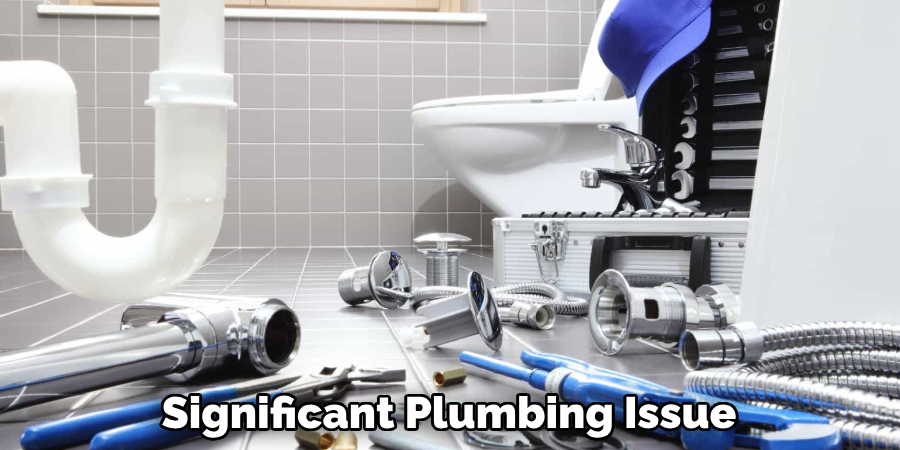
2. Cracked or Damaged Pipes
Discovering cracks or extensive corrosion in the P-trap or adjacent pipes warrants professional intervention for repair or replacement to prevent further damage.
3. Difficulty Reinstalling the Trap
In scenarios where you struggle with reassembling the P-trap or leaks persist despite careful reinstallation efforts, consulting a plumber is advisable. They have the expertise to ensure accurate connections and prevent future complications. By enlisting the services of a professional plumber, you can ensure the longevity and efficiency of your plumbing system, avoiding more complex and costly problems in the future.
Conclusion
A dry P-trap can lead to unpleasant odors and potential plumbing issues, but it’s often a simple fix. Understanding how to fix a dry p trap involves using your fixtures regularly, refilling the trap as necessary, and being vigilant about inspecting for leaks. These basic practices ensure that your plumbing system remains optimal, maintaining a healthy and pleasant home environment.
Regular maintenance plays a crucial role in preventing small issues from escalating into larger, costlier problems. By staying aware of your plumbing system’s needs, you can take proactive measures that could save you time and money in the long run. If you experience persistent issues with dry P-traps or encounter other plumbing concerns, don’t hesitate to seek professional help. Engaging with experienced plumbers ensures that your plumbing system functions correctly and efficiently, providing peace of mind and enduring reliability.
